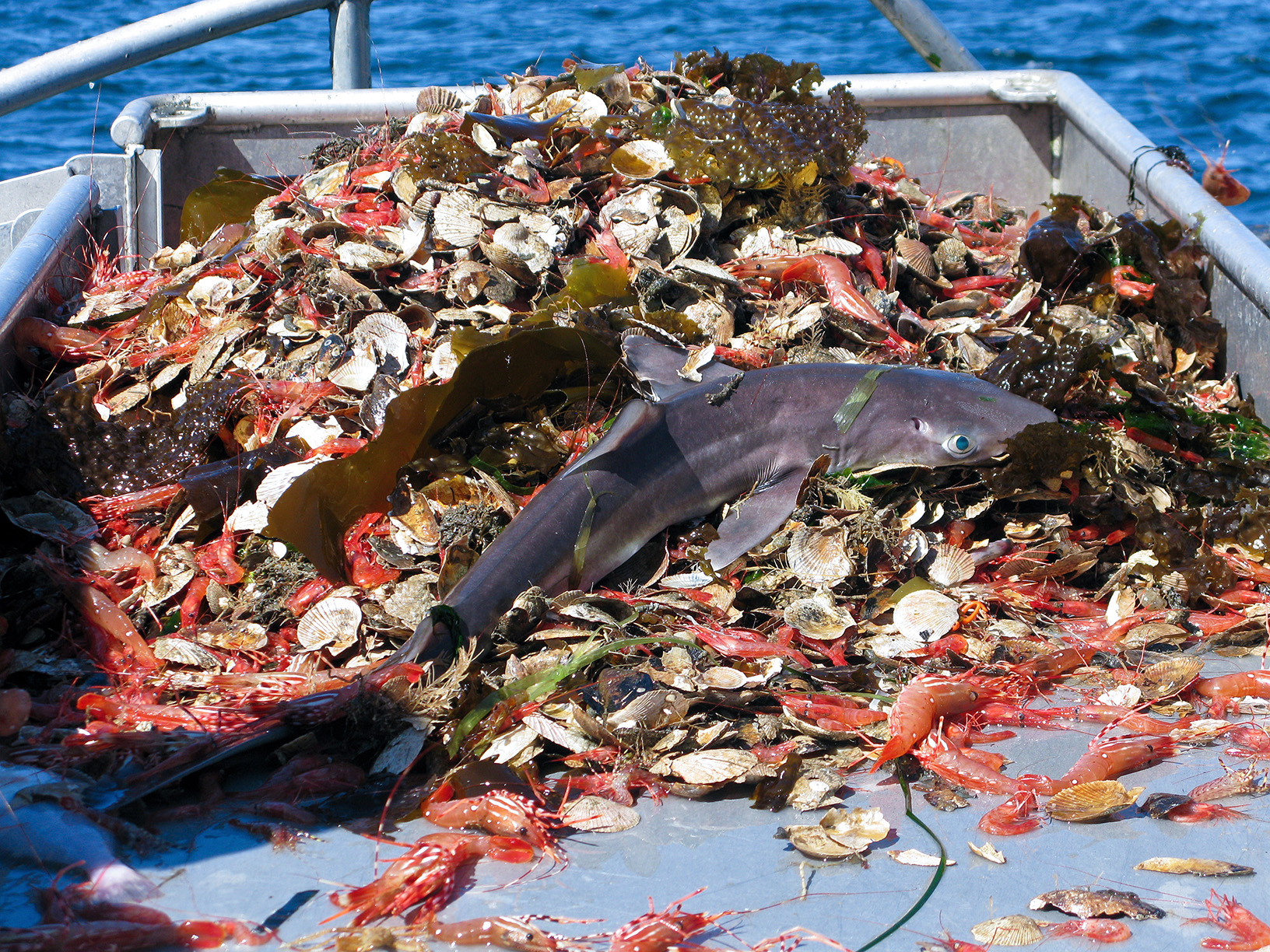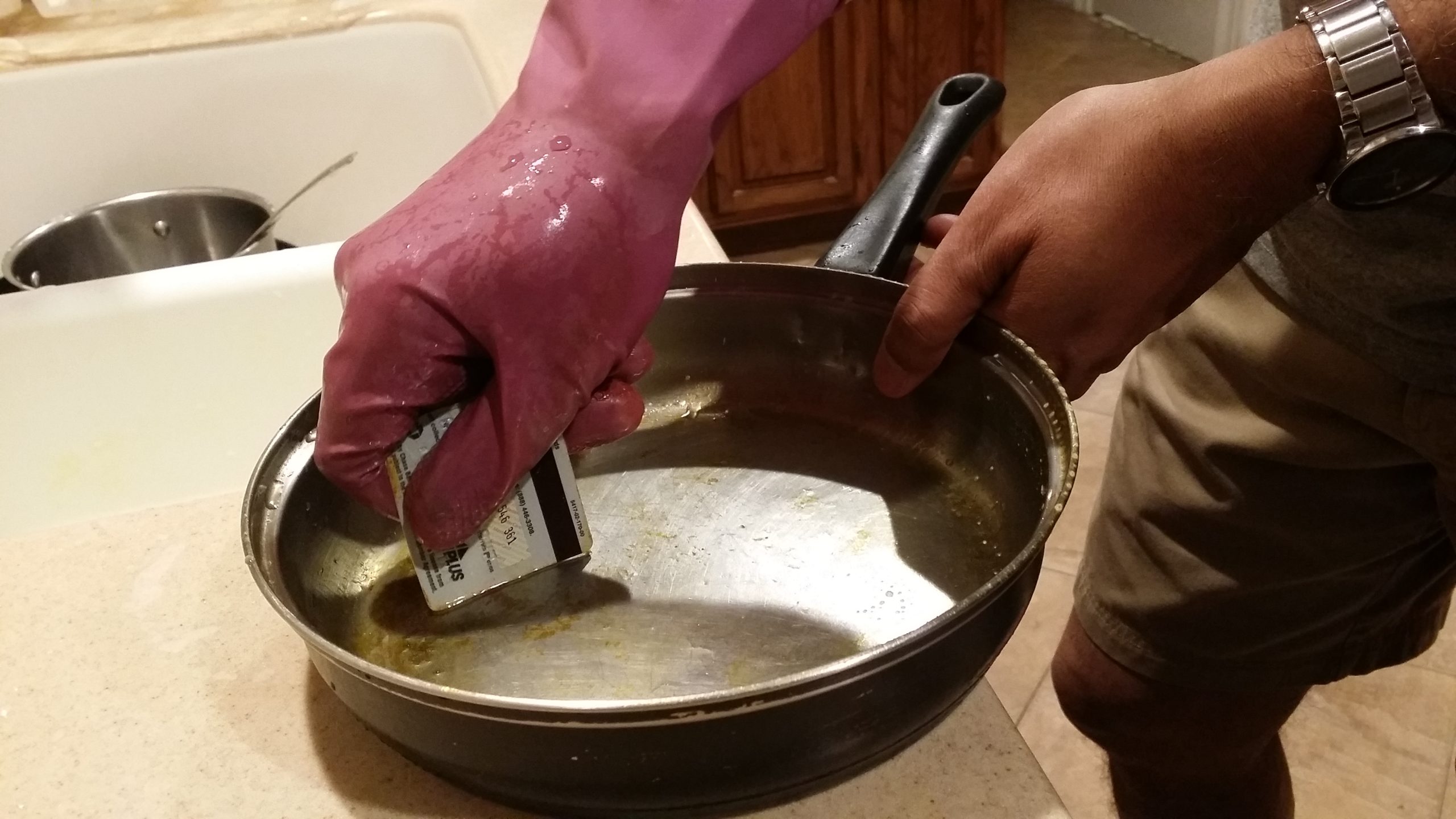If I’m an ardent supporter of simple language, what has that got to do with the environment, you’d ask. A valid question, no doubt. Let’s get down to the basics, first.
Imagine the days of the radio before the television became commonplace and live matches became the norm.
If you ever sat at the edge of your couch, listening to every word that came crackling from the transistor, you know that intense feeling. Words knitted images in front of you.
Commentators were heroes, their words mattered. Difficult nouns, verbs, and adjectives were useless to the thousands of listeners.
You wouldn’t know it’s soccer if you heard of “the forward tantalizing the custodian of the goal with a leathered sphere.” Not unless you’ve just aced the TOEFL or GRE.
Or if you recently swallowed up The Count of Monte Cristo and digested it too.
That reminds me of our family trip to Paris.
Seemed like our weekend in that enchanting city was only to get lost in the maze of the underground Metro. And to have our pocket duly picked.
On our way back to Amsterdam on the designated bus, we simply had to tell the bus driver of our not-so-cool Parisian weekend.
Instead of the soft empathy, we were expecting from him, pat came the reply, “Told you so!”
No wonder we were surprised. We had no memory of any caution words on pick-pockets coming from him. He chuckled and admitted he had said it all in plain Dutch.
Dutch? Yes. To a bus full of people, many of whom were foreign tourists. His words often made no sense one way or the other.
But what happens when someone speaks your language and sprinkles words that seem to fly in a similar tangent over your thinking brain?
Or when many half-baked and even familiar words are lined up on a sentence string that fails to make any sense at all. At least not when they first appear in a group.
Now, our little bloated egos may not admit it openly. And that’s quite another matter.
But it does happen. In spite of all the head-nodding on our part.
What if a friend announced your avowed association essentially satiated his desire of deriving pleasurable experiences? I bet, you’d have to pause to figure out he loved to hang out with you.
Hey, what about the environment, you might ask. Yes, I’m coming to that. No intention to skirt the topic.
The ease of language is not only for B2C, you see. In fact, B2B is smitten by this disease like the plague.
This partly explains why the lofty ideas of saving the planet have mostly died at the high-end conference tables of CEOs and business experts. Few survived to reach the common folks yet.
Here’s a simple example of a concept developed “as decision support tools, (the concept) was added onto the competitive strategies paradigm…”
We know each of these words for sure. Well, almost, let’s be honest.
But together? Not quite so simple–they’re as painful as a plateful of half-cooked potatoes to be chewed and digested.
It’s nothing but the idea of “value chain” that’s so commonly used these days. If you look closely, the entire castle of economics is jacked up by such words.
Huh, simple. It’s a concept “based on the process view of organizations, the idea of seeing a manufacturing (or service) organization as a system, made up of subsystems each with inputs, transformation processes, and outputs. Inputs, transformation processes, and outputs involve the acquisition and consumption of resources – money, labor, materials, equipment, buildings, land, administration, and management. How value chain activities are carried out determines costs and affects profits.”
Ah, finally the last part sounded like English, doesn’t it?
We do know about money, labor, materials… Every part of the production process and how all of it is managed and monitored plays a role in calculating the cost and profit of a product.
Sure enough, with several layers of inspection for quality control and fine handling, it will be a better product with a higher price tag.
Makes sense. Value chains, for the first time, begin to sound logical.
To save the earth, and whatever little resources we have left in this tiny planet, the value chain has to be tweaked in a way we can find renewed worth in used and discarded materials.
To weave it back into production. To figure out a way to promise high quality within a given budget.
It might be a tricky process, but meaningful, no doubt.
The need for simpler expressions is the same for the layman as for a high school student with 56 AP credits. Same for college graduates and industry professionals.
Jargon and terminology are used like sprinkles on a cupcake but without a full understanding of it. Without anybody ever admitting the difficulty, only to avoid ridicule and shame.
Be it B2B or B2C, it doesn’t matter. As long as the parties involved are humans.
Clarity of language has a power of its own. It’s the fuel of the vehicle of understanding the meaning of words.
One big reason Circular Economy models have stayed in the folders of global and local decision-makers is the use of sterile jargon that didn’t appeal to the rational brain and the heart.
No wonder, the idea of copying the model we see in nature where one creature’s waste is another’s treasure hasn’t become acceptable.
The risks of digging our own graves with all resources used up are extremely high. But who’s listening?
Our chances of mimicking nature remain buried under business models labeled with crusty words, stiff and shiny.
We march on happy. Quite like the emperor who was fooled by his wicked tailors into his proverbial suit that was never stitched.
It’s high time to bust the myth and cry out, “THE EMPEROR IS NAKED!”







0 Comments